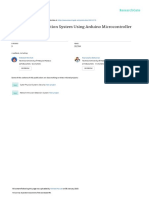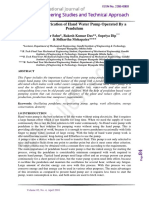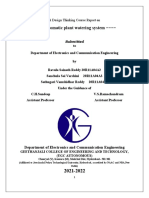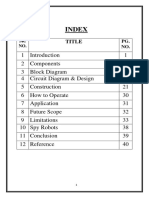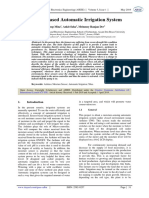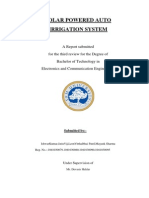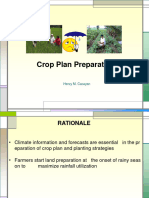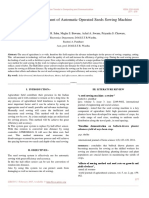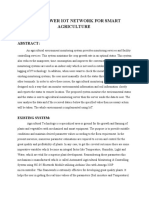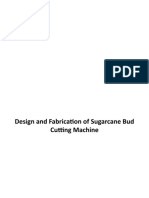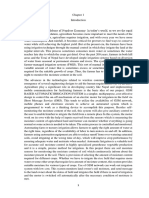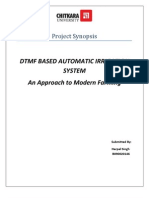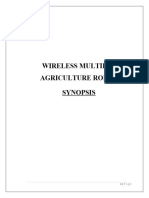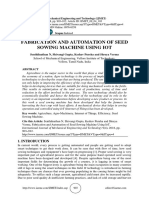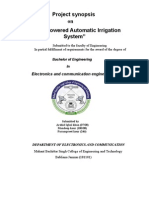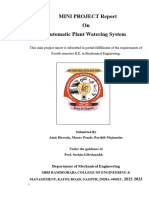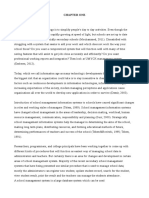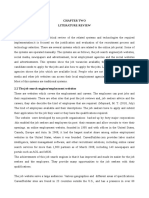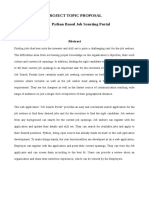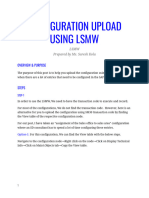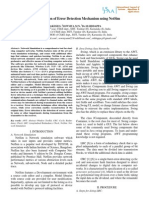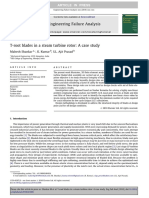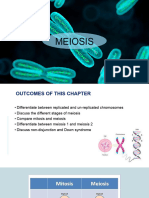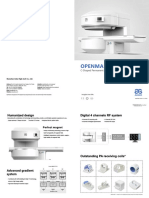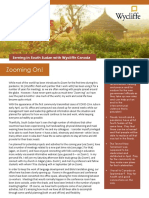0% found this document useful (0 votes)
805 views3 pagesChapter One Background of The Study
This document provides background information on using IoT technologies like sensors and drones to improve irrigation efficiency and reduce water and fertilizer usage. It discusses how monitoring soil moisture content with sensors allows precise watering to meet plant needs. The project aims to create an affordable plant communicator device for Nigerian farmers using Arduino to monitor soil moisture, temperature, and light and automatically irrigate if moisture is low. It will use sensors to measure conditions and a Raspberry Pi to control a pump. The document outlines the objectives, methodology, scope and limitations of the study which focuses only on moisture and temperature parameters.
Uploaded by
vectorCopyright
© © All Rights Reserved
We take content rights seriously. If you suspect this is your content, claim it here.
Available Formats
Download as DOCX, PDF, TXT or read online on Scribd
0% found this document useful (0 votes)
805 views3 pagesChapter One Background of The Study
This document provides background information on using IoT technologies like sensors and drones to improve irrigation efficiency and reduce water and fertilizer usage. It discusses how monitoring soil moisture content with sensors allows precise watering to meet plant needs. The project aims to create an affordable plant communicator device for Nigerian farmers using Arduino to monitor soil moisture, temperature, and light and automatically irrigate if moisture is low. It will use sensors to measure conditions and a Raspberry Pi to control a pump. The document outlines the objectives, methodology, scope and limitations of the study which focuses only on moisture and temperature parameters.
Uploaded by
vectorCopyright
© © All Rights Reserved
We take content rights seriously. If you suspect this is your content, claim it here.
Available Formats
Download as DOCX, PDF, TXT or read online on Scribd
/ 3


